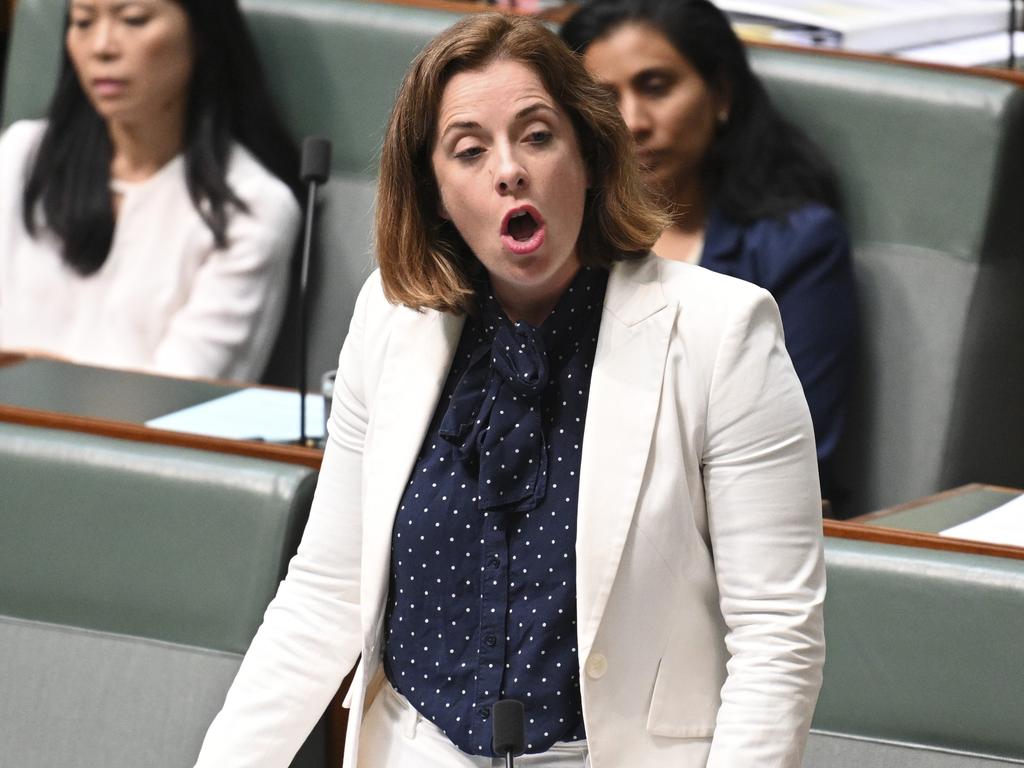Five visas issued a month for special aged care visa
Opposition immigration spokesman Dan Tehan says figures for special aged care visas are ‘another nail in the coffin’ for Labor’s credibility on migration.

A scheme to fast-track overseas workers into critical aged care jobs has resulted in fewer than five visas issued every month since May 2023, prompting calls to reconsider the future of a program that has attracted “just a handful” of people.
As Labor continues to work through once-in-a-generation reforms to the industry in the face of an ageing population, new figures obtained by The Australia reveal the progress of one of the key initiatives to fill workforce shortages in the past two years has fallen short.
Between May and October 2023, no primary visas were issued to overseas workers, while fewer than five were issued in the months of November and December respectively.
After another three months with no primary visas offered to overseas workers, fewer than five were again issued for the months of April, May, June, August and September last year, while none was issued in July.
While the number of visas issued to people already in Australia was much greater, the highest number of visas offered in any given month for this cohort reached just 45 in September 2024.
Opposition immigration spokesman Dan Tehan said the figures for the special aged care visas were “another nail in the coffin” when it came to Labor’s credibility on migration.
“This program was created solely to drive migrant workers to join a union yet it has failed to address the worker shortage in age care,” Mr Tehan said.
“This program is another example of why you can’t trust Labor to run immigration.”

The data follows Labor in May 2023 declaring the new labour agreement would benefit aged care providers by “streamlining the employment and visa process for overseas workers” and incentivising more people to come to the sector by offering an expedited two-year pathway to permanent residency.
The scheme faced fierce criticism from the Coalition due to the fact employers could only offer such visas to overseas workers after entering into a memorandum of understanding with the relevant industry union.
The opposition also raised the alarm over foreign workers within Australia looking to shift to the age care worker visa as a “backdoor” into gaining permanent residency.
Despite the dwindling figures of visas being offered to overseas workers, an Albanese government spokesman said the workforce crisis for the sector had eased overall.
“There has been significant growth of the aged care workforce over recent years, while the forecast gap of registered nurses has dramatically decreased,” the spokesman said.
“There has been a 25 per cent increase in worker headcount, from 434,000 to 549,000, across residential aged care, home care packages and the commonwealth home support program between 2020 and 2023.
“The workforce gap is estimated to be approximately 1492 registered nurses (in 2024-25) which is significantly lower than the 2022 gap of 12,840.”

The improved workforce data follows a 15 per cent increase to minimum award rates for about 250,000 aged care workers, which the federal government funded at a cost of $11.3bn.
This came on top of a $5.6bn overhaul of the aged care sector announced last year, $4.3bn of which was earmarked for a new support-at-home program that is now being set up as wait times for home care packages blow out to as long as 15 months in some cases.
Mr Tehan also pointed to data showing one million people had arrived in Australia over the past two years – which he said inflamed the cost of living and housing crisis – and invoked the release of “rapists and murderers” under the High Court’s NZYQ decision in 2023 as further evidence of Labor’s migration mismanagement.








To join the conversation, please log in. Don't have an account? Register
Join the conversation, you are commenting as Logout